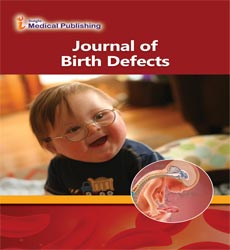Abstract
Children with a Congenital Disability at School: Inclusion and Exclusion?
Introduction: The ideas of integration or inclusion have met with considerable controversy in the school environment. Teachers approaches range from acceptance, to indifference or even negation. Individualisation of instruction and education is a significant problem in the school system as well as in educational discourse and educational law.
Objectives: The aim of the article is to analyze the issue of perception of children with a congenital disability in the school environment and of a personalized and subjective approach in instruction and education associated with it. The author puts forward a thesis emphasizing the key role of the teacher, whose task is to identify developmental and educational needs and to incorporate these differences in the implementation of the didactic and educational processes.
Methods: The paper analyzes the results of research carried out by IBE TALIS, HÃÆââ¬Â¦Ãâââ¬Å¡obiÃÆââ¬Â¦Ãâââ¬Å¡, Galbarczyk, Lejzerowicz devoted to contemporary problems related to the process of individualization of work with people with disabilities.
Results: The research results have confirmed that teachers know what individualization is and they benefit from professional development in this field as well as in the field of working with students with special educational needs. They argue that individualization affects an increase in development opportunities and is necessary for children with disabilities. However, when implementing the process of instruction and education they favour the expository method and frontal teaching.
Conclusion: An appropriate approach to a student with a disability and to their needs, combined with a student-centred teaching based on individualized instruction, may affect the process of inclusion in the school environment. The teacher's personality, knowledge of teaching methodology and attitude to the student have a significant impact on instruction and education.
Author(s): Magda Lejzerowicz
Abstract | Full-Text | PDF
Share This Article
Open Access Journals
- Aquaculture & Veterinary Science
- Chemistry & Chemical Sciences
- Clinical Sciences
- Engineering
- General Science
- Genetics & Molecular Biology
- Health Care & Nursing
- Immunology & Microbiology
- Materials Science
- Mathematics & Physics
- Medical Sciences
- Neurology & Psychiatry
- Oncology & Cancer Science
- Pharmaceutical Sciences
